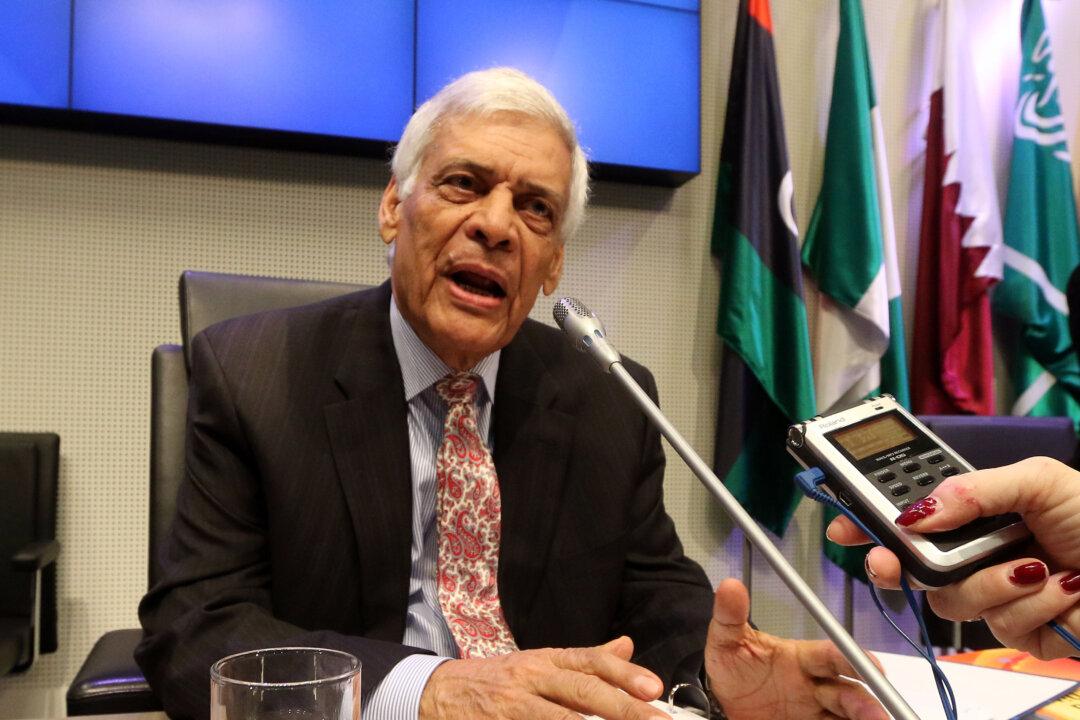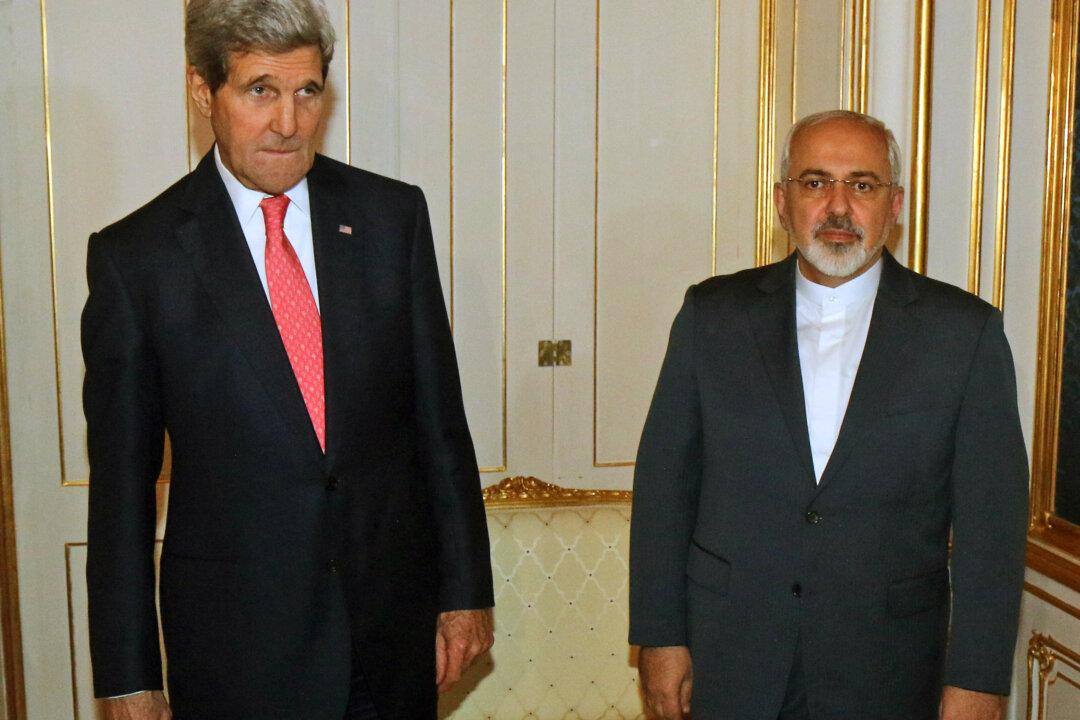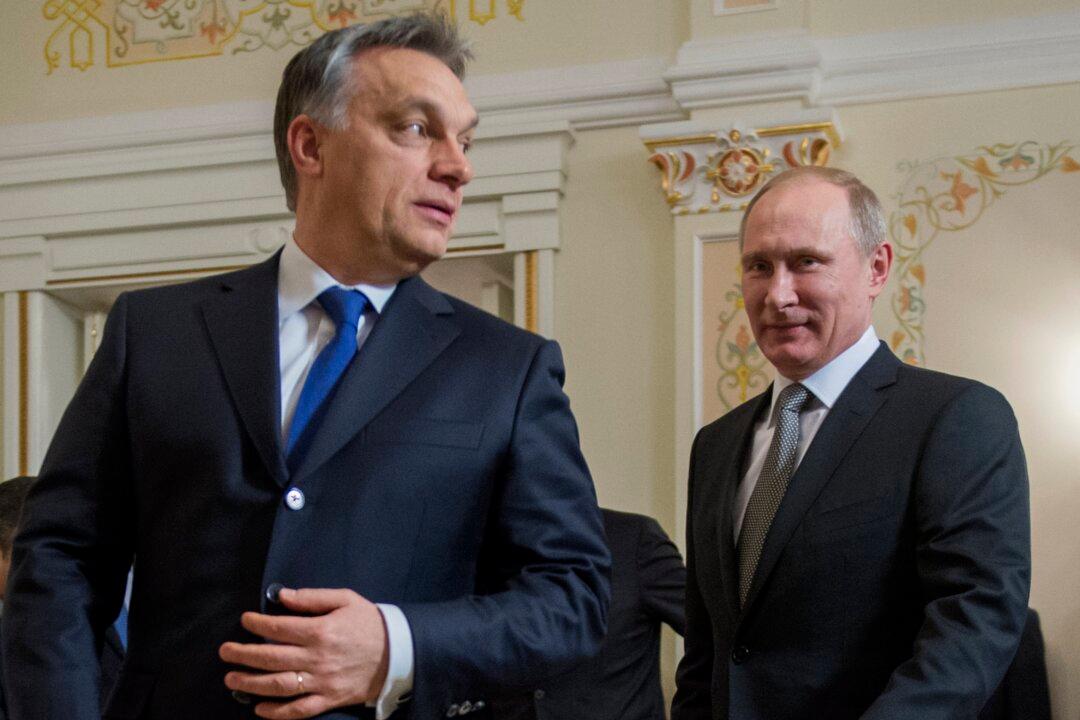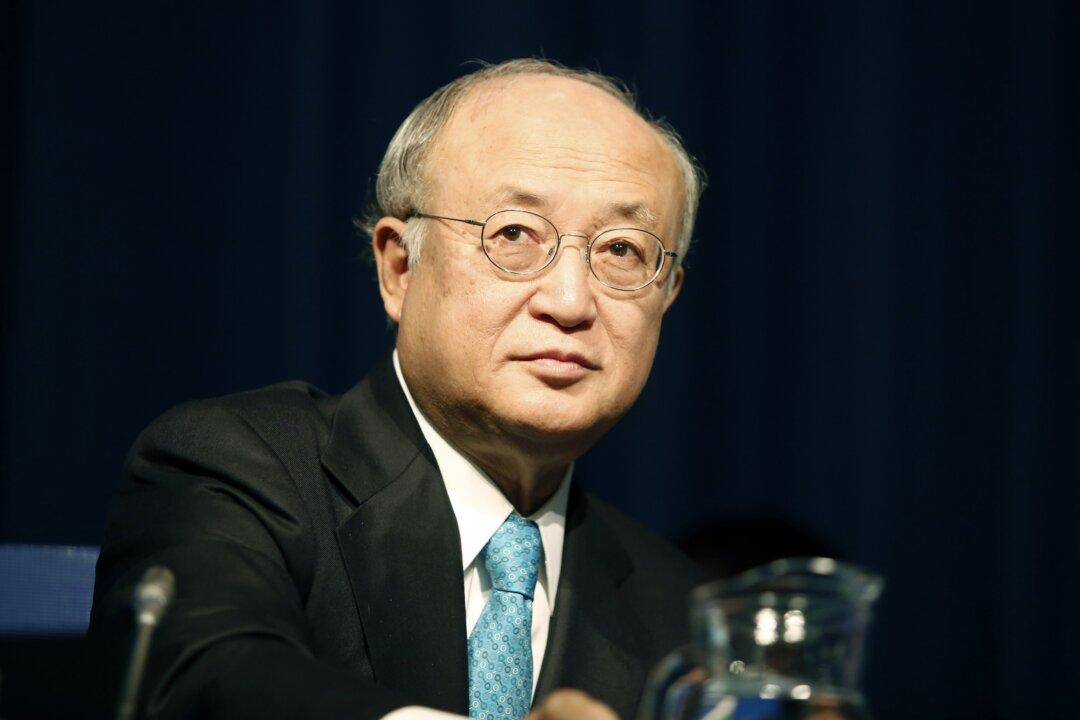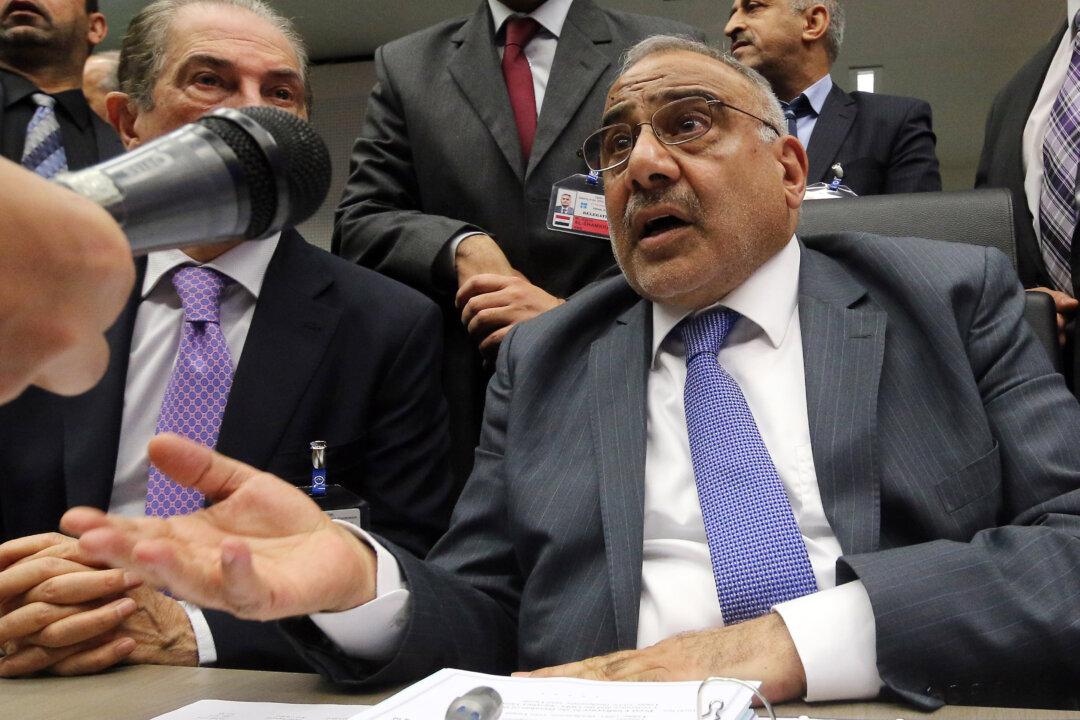VIENNA—OPEC oil ministers meeting in Vienna on Thursday are in a bind. Prices are plunging — and in the short term, the cartel may not be able to do much about it.
Expectations that the group would not cut output to support the market saw the global price of oil slump another $1.93 on Thursday to $75.82 a barrel, extending losses since June, when it was as high as $115.
The drop has been driven by a boom in shale production in the United States as well as weakness in some major world economies, causing supply to outpace demand.
[aolvideo src=“http://pshared.5min.com/Scripts/PlayerSeed.js?sid=1759&width=571&height=350&playList=518535017&responsive=false”]
OPEC powerhouse Saudi Arabia can weather such lower prices because its coffers are well-padded and its production costs are relatively low. But poorer OPEC members like Venezuela and Nigeria need levels close to $100 or above to fund national budgets. Saudi rival Iran is suffering, too, with the price drop adding to huge revenue losses due to sanctions on its crude sales imposed over its nuclear program.
The Organization of the Petroleum Exporting Countries still accounts for a third of the world’s oil sales, but the 32-percent fall in prices is straining the tenuous image of unity it strives to project.
Comments from OPEC Secretary General Abdullah Al-Badry suggested the group was lacking a clear plan going into the meeting.
“Of course there is an oversupply in the market,” he told reporters. Asked what the oil ministers planned to do about it, he said: “I have no idea.”
With its hands tied, the organization may opt to do as little as possible. That means rolling over its present production ceiling of 30 million barrels a day and urging members not to overproduce.
Saudi Oil Minister Ali Naimi said as much ahead of the meeting, telling reporters he expects the oil market to eventually “stabilize itself.” That’s shorthand for sit back and wait.
That could mean lower oil prices for consumers in coming months. And it could also benefit OPEC in the longer term.
“If the OPEC were to trim the production limit, it will therefore concede more market share to shale oil producers, so it is not in the best interest of its members in the long term,” said analyst Fawad Razaqzada, of Forex.com.
The cartel was able to stem a sharp drop in prices in 2008 by announcing its largest production cut in its history. But crude prices moving into the comfort zone then allowed members to overproduce past laxly observed output targets.
Even if OPEC is able to surmount internal differences and persuade all members to slash production, poorer OPEC members would be hurt because reduced output means reduced income.
That leaves the next move to the Saudis — again. A less likely scenario Thursday than keeping the status quo could see OPEC reducing their ceiling by 1 million barrels but have the Saudis in practice take on the bulk of the cut.
But so far, Saudi Arabia appears to favor keeping output unchanged, likely in the hope of driving prices below the level making shale oil production economical. That, in theory, would force shale producers to cut back, re-establishing OPEC’s dominance of the energy market.
Experts say shale oil production turns too costly at the $60 a barrel level. That means that if the Saudi strategy works, consumers would benefit in the short run — and OPEC over the longer term once prices rise.
“The Saudis want OPEC to remain relevant,” says analyst Phil Flynn. “The only way in their mind is to subdue the U.S. shale producer.”
Whatever the outcome, OPEC is under pressure to show some of the decisiveness that once gave it the clout to determine the market.
Failure to act would send a strong signal, said analysts at JBC Energy in a note.
“In essence it would then mean that OPEC has turned into more of a political institution rather than a group of producers interested in market stability.”
From The Associated Press. Margaret Childs contributed to this report.
